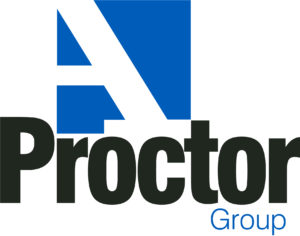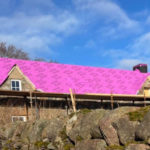 Installing loft insulation is a relatively easy retrofit measure, and householders might even consider doing it themselves. However any roof upgrades should also consider the condition of the roofing system, says A. Proctor Group, as roof coverings and underlays need to be replaced during a building’s useful life.
Installing loft insulation is a relatively easy retrofit measure, and householders might even consider doing it themselves. However any roof upgrades should also consider the condition of the roofing system, says A. Proctor Group, as roof coverings and underlays need to be replaced during a building’s useful life.
What to consider when making improvements to pitched roofs
Is the roof underlay a traditional high-resistance (HR) membrane, like bitumen felt? Does it need replacing?
Is it a more modern low-resistance (LR) membrane? Complete replacement may not be needed. But it is also likely to be an airtight LR membrane, allowing vapour diffusion without the additional benefit of air passing through it.
Assessing existing ventilation provision is essential. Roof space ventilation might be at the eaves only, or at the eaves and ridge.
The effect of loft insulation on the roof space
Typical loft insulation products are vapour permeable, so internal moisture can enter the roof space. Making loft insulation thicker reduces the temperature of the roof space, and colder air holds less moisture. Condensation in the roof space becomes more likely, even if the underlay is a (LR, airtight) ‘breather membrane’.
Effective roof ventilation is essential for removing moisture vapour, but an issue with upgrading loft insulation is whether it can be installed without blocking existing eaves ventilation.
Proctor Air: an air permeable LR membrane ideal for retrofit projects
When the time comes to replace a building’s existing roof system — whether alongside insulation upgrades or not — it makes sense to prepare for the future. Proctor Air helps to do just that.
The next generation membrane permits the passage of both air and moisture vapour through the roof construction, providing a more uniform flow of air than normal vents. Condensation risk in the roof space is therefore removed, and insulation can be installed into the eaves with no risk of blocking ventilation.










